Anxiety & Panic Attacks: Symptoms, Types and Prevention
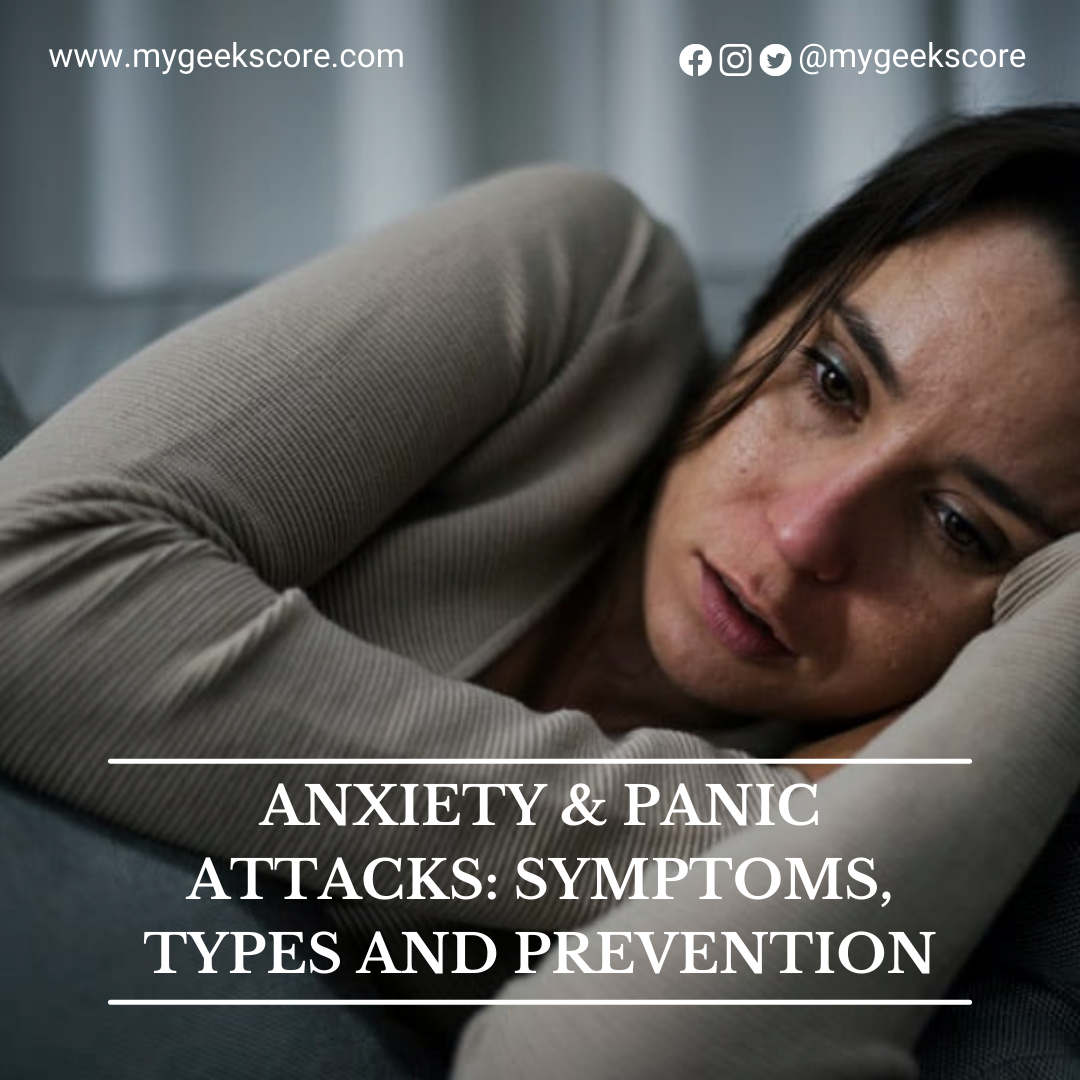
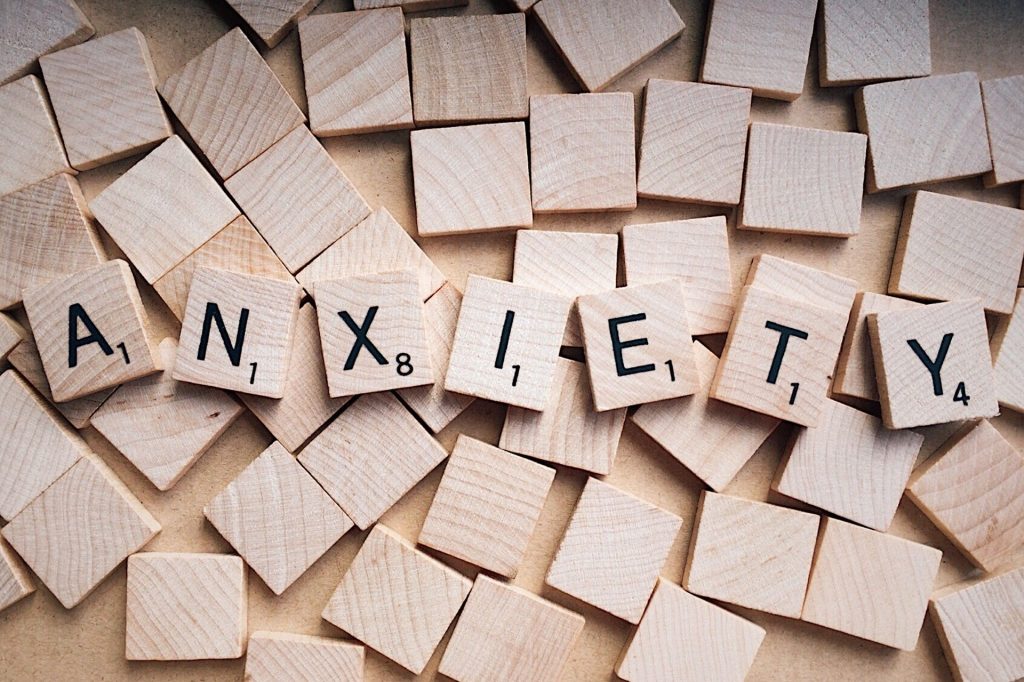
My Geek Score: Have you ever wondered why you feel nervous when you move to a new place or feel abnormally low before an exam or big day? In most cases, judging melancholy and anxiety are considered neutral reactions, but it is called anxiety if they are somewhat different body’s nature.
In simpler words, feeling of intense fear, tiredness, or stress about everyday life situations like giving a speech, meeting new people is called anxiety. The commonly seen symptoms are fast heart rate, sweaty hands, rapid and short breathes & more.
All of the above-explained things normalize with time. If the person doesn’t behave neutrally in 6 months, it’s the indicator of an underlying issue, silently screaming for immediate attention.
What are the Symptoms of Anxiety Disorders
The occasional anxiety is part of everyday life, but the tables often turn if the occasional pressure persists for a much more extended period and usually worsens.
The saddest part of having anxiety is that it is sometimes impossible to understand whether he/ I are behaving normally in the situations or not?
In addition, the internet has plenty of self-assessment anxiety tests. But in reality, anxiety is a complex disorder, and only a doctor can diagnose it after performing mandatory clinical trials, questioning, blood test & more.
To diagnose, at the primary stage, the doctor looks for commonly known symptoms, but the signs and symptoms can vary to individual. So, be cautious and meanwhile, some of the common symptoms are:
- Unnecessarily feeling low on energy and tired.
- Increased heart rate
- Trouble in sleeping
- Feeling nervous or stressed
- Excessive sweating
- Having occasional or persistent gastrointestinal problems
- Feeling difficulty in controlling tension.
- Hyperventilation (heavy breathing)
- Feeling of forthcoming danger.
- Involuntarily trembling
Have you ever questioned why the Anxiety levels are worst in the morning?
According to the studies, the body’s cortisol levels are highest in the first two to three hours of waking up, so the person wakes up in the morning having more stress. That’s why some people often start panicking as soon as they get off the bed.
As already discussed, the anxiety issue is very personal, so its disorder is. For the brief, anxiety disorders have three different levels; mild, moderate, and severe, and all of them are curable with medication and exercises.
Types of Anxiety Disorders
Anxiety disorders have five major categories, such as:
1. Generalized Anxiety Disorder (GAD)
It is the most common type of anxiety disorder & is considered a mental health disorder. The prime symptom is the excessive worrying about daily events wherein actuality; there is nothing or little provoked to it.
The standard, occurring symptoms are constant fear and worry about own safety, but the symptoms can vary from one person to another.
Another great thing is that GAD is treatable with psychotherapy and medications or in combination and usually requires 2 to 6 weeks to cure GAD.
2. Obsessive-Compulsive Disorder (OCD)
OCD is what you are imagining; a person with high anxiety levels and obsessive thoughts.
OCD is a chronic and prolonged-lasting disorder in which the person has uncontrollable obsession thoughts or behaviors that he urges to do repeatedly.
OCD is often centered on germs or arrangements made out in a particular way or cleaning. It begins gradually and then persistent throughout life.
The usual OCD symptoms are:
- Refusing to touch things due to fear of germs, contamination.
- Losing your temper on small things or being an emotional balloon that is ready to burst almost on every time.
- Doubting and uncertain fears.
- Persistent self-doubting thoughts.
OCD is commonly associated with depression, but that doesn’t stop living everyday and productive life.
OCD is usually considered a life-long disease and is not wholly curable with current medical knowledge because one can’t control intrusive thoughts. However, it can be cured with medicines and treatments to an extent.
3. Post-Traumatic Stress Disorder (PTSD)
It is the point of debate among researchers whether PTSD is phenotypic or genotypic.
Insignificant cases, PTSD is seen as phenotypic, but it can be inherited in some cases.
Have you ever heard someone saying that “I am unable to recover from that incident? That’s precisely is PTSD.
PTSD is the failure of recovering from experiencing or visualizing a horror-stricken event in the past. For example, wars, road accidents, suicide scenes, fires or death of loved ones & more. The condition can last for years. If left untreated, it can cause permanent damage to the person.
The PTSD symptoms are:
- Recurring nightmares or flashbacks of the incident.
- Sudden change in mood due to internal reminders of the events.
- Failing to express them with potential.
- Lack of sleep the night
- Emotional numbness.
There is no definite cure for PTSD in medical science as the person can’t be unseen the things traumatizing him. But the alternatives treatments are there. Only time is the power; PTSD can get better or worse with time.
4. Panic Disorder
Panic disorders are the worst as they can change a person’s living and experiencing life.
The person experiences panic attacks out of fear when there is no sign of danger in reality.
The panic attack symptoms can be both; physical and mental. For now, the visual symptoms are:
- Racing heart
- Sweating
- Chills
- Shivering
- Weakness
- Hypoventilation
- Pain in chest or stomach
- Sudden nausea
- Numb hands or legs
Panic attacks do have a permanent cure. The strategy eliminates the panic reason, gains confidence, and fights. But if left untreated, it can also take the person’s life.
5. Social Anxiety Disorder
Social anxiety disorder or social phobia is the self-developed mental condition were being socially active causes anxiety towards self-embarrassment or self-consciousness.
The signs of social phobia are:
- Extremely nervous when meeting people
- The constant fear of being judged.
- Always having an inferiority complex.
- Avoid socializing with people.
Although no disorder is gender-specific, a social anxiety disorder is more common in females than males due to constant social pressure. Cognitive Behavioural Therapy (CBT) and medications help cure the social phobia.
How to Prevent Anxiety Attacks
Like any other, the internet is exploded with the preventive methods of anxiety issues and its disorder. But the unpopular opinion is that it can be cured naturally without putting in much effort. For that, you have to do the following:
Medications: consult a doctor and follow proper medications. Selective serotonin reuptake inhibitors (SSRI) are the first choice for anxiety issues.
Lifestyle change: With the bust schedules, people hardly meet their friends or family and are alone. So, it would be best to take care of your mental health.
For example,
- Eat heart-warming foods, especially whole grains like wheat, oats & more.
- Follow an exercise pattern and always make time to meet your close ones once a week.
Conclusion
Anxiety is slowly spreading its legs in society irrespective of age, gender, financial status. In the latest studies, it is said that stress is closely associated with human mental health. So, if you think positively and be happy, you will no longer face any panic attacks. In addition, you must speak your heart out to either your family or friends. So, you never feel alone or traumatized.

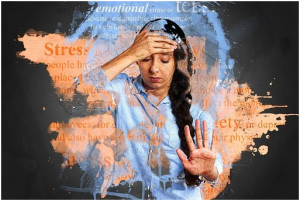
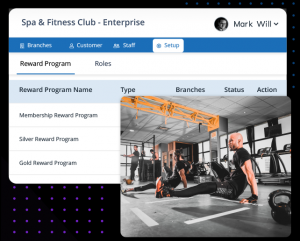
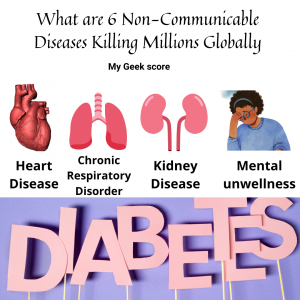





2 thoughts on “Anxiety & Panic Attacks: Symptoms, Types and Prevention”